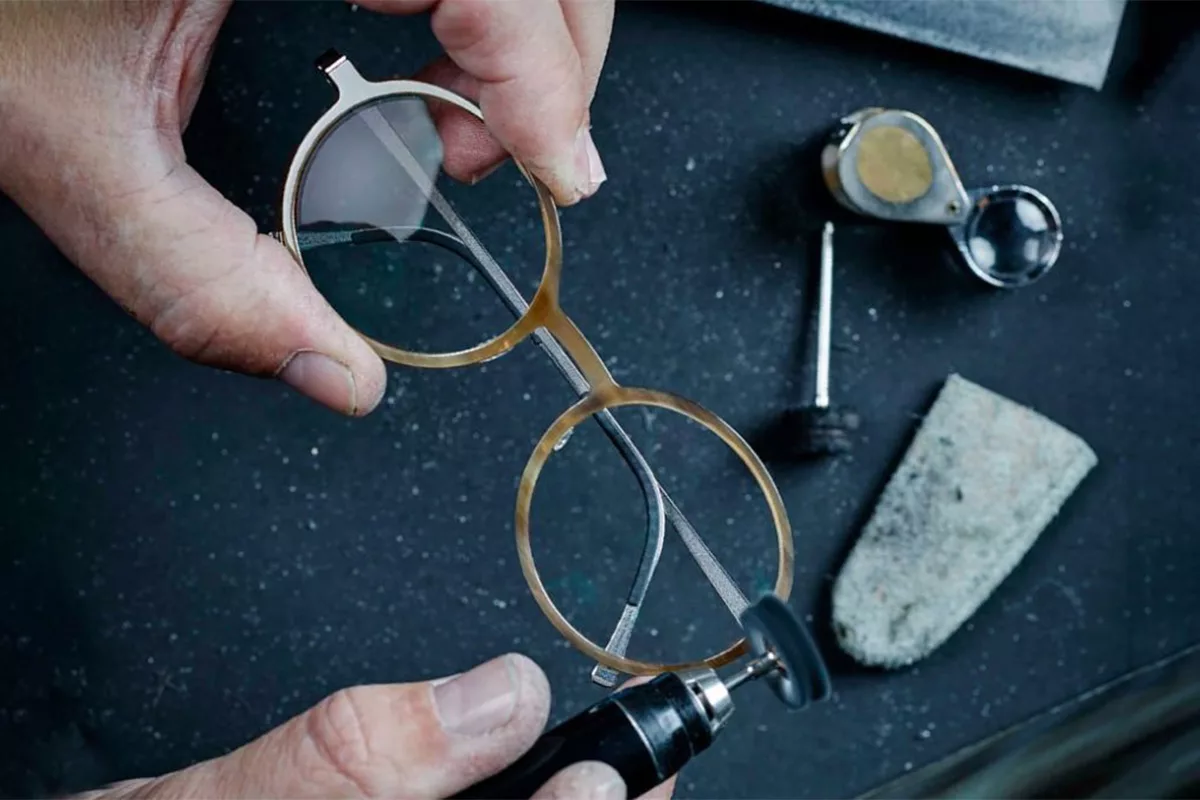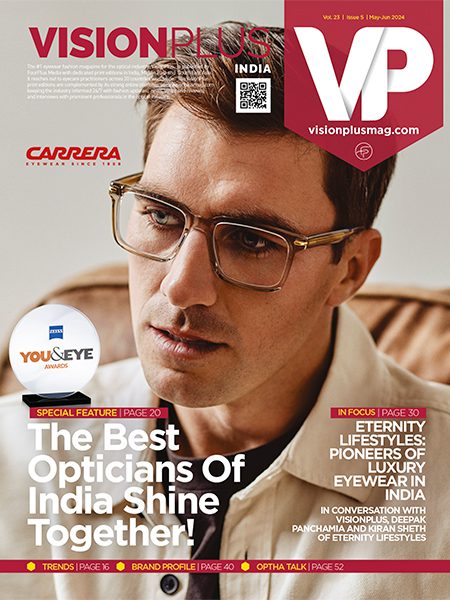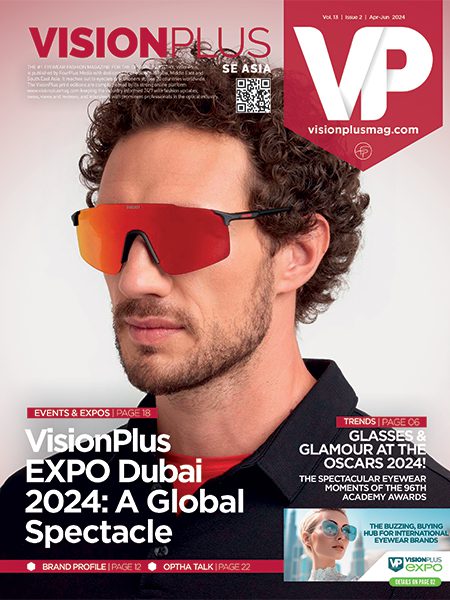Research published on a novel spectacle lens design to control the progression of myopia, a growing cause of blindness and vision impairment globally, has been rated by leading optometry journal, Optometry and Vision Science, as its most significant paper over the last five years.


The theory suggests that in a myopic eye, correction with a traditional device such as a spectacle lens causes the image to focus on the retina centrally but comes to a focus behind the retina at the periphery resulting in blur that could drive the eye to elongate and for myopia to increase. The lens designs reversed this by moving the peripheral image forward, onto or in front of the retina, while simultaneously positioning the central image on the retina, resulting in clear vision. A 30 % reduction in myopic progression in two hundred 6-12 year olds with a history of parental myopia was seen with one of the designs.
Brought together through the Vision Cooperative Research Centre (CRC) in Australia, some of the world’s leading experts in myopia control and lens development from the US, China, Australia and India collaborated on the project with a goal to develop products capable of reducing the progression of myopia.
Associate Professor Padmaja Sankaridurg, lead author and Program Leader – Myopia; Manager, Intellectual Property at the Brien Holden Vision Institute commented, “it is such an honour to be the recipients of the award and we thank the Editorial Board of Optometry and Vision Science and the American Academy of Optometry. More importantly, we believe that the recognition of the work highlights the need in the field for efficient solutions to tackle the problem of myopia”.
The body of work presented in the paper is an important tool in our understanding of the fight against myopia. The progression of myopia is of major concern, as the risk of developing retinal detachment, glaucoma or other potentially blinding conditions, significantly increases when an eye grows to a range classed as high myopia. The latest estimates suggest an impending crisis – with an estimated 1.4 billion myopes worldwide(1).
In areas such as East Asia rates of myopia are disturbingly high. Studies in Taiwan have shown that 93 % of 18 year old girls there are myopic(2). In Singapore around 70 % of college graduates have the condition(3) and in China, a country of well over one billion people, it’s been estimated up to 50 % of the population are myopic(4). Shockingly, a study in Shanghai, China(5), found that myopic macular degeneration was the leading cause of blindness in people who had become blind between 2003 and 2009. The number of high myopes in some areas is also experiencing significant growth.
Myopia is certainly not just an Asian phenomenon. In the United States the prevalence has increased markedly in the last 30 years – from 25 % in the early 1970s among those aged 12 to 54 years to well over 40 % now(6). Further research into myopia control is urgently needed and investigators at the Vision CRC and Brien Holden Vision Institute continue to collaborate with their colleagues internationally in a variety of projects.
The paper was published in Optometry & Vision Science. 87(9):631-641, September 2010. The authors included: Padmaja Sankaridurg from the Brien Holden Vision Institute (the Institute); Leslie Donovan from the Institute; Saulius Varnas from Carl Zeiss Vision; Arthur Ho from the Institute; Xiang Chen from Zhongshan Ophthalmic Centre; Aldo Martinez from the Institute; Scott Fisher from Carl Zeiss Vision; Zhi Lin from Zhongshan Ophthalmic Centre; Earl L Smith III from the University of Houston; Jian Ge from Zhongshan Ophthalmic Centre; and Brien Holden from the Institute. The award will be presented at the AAO Annual Meeting in Phoenix on last week of October 2013.












